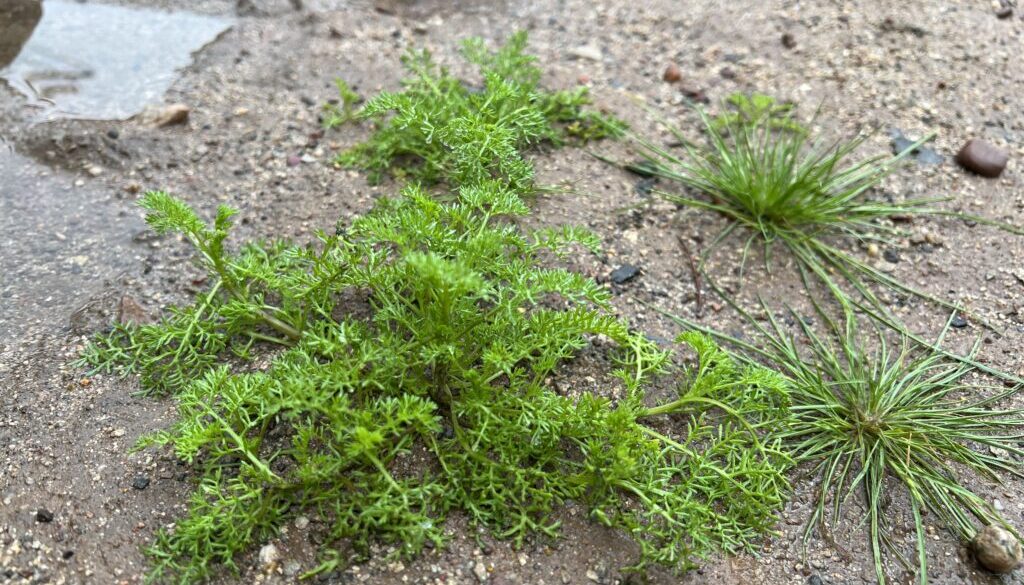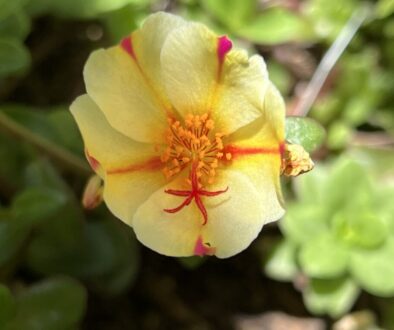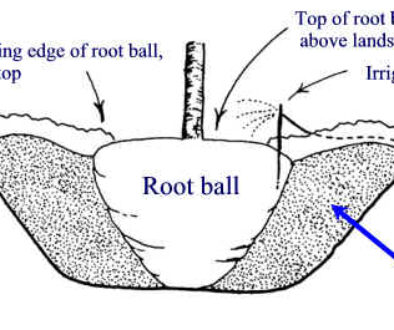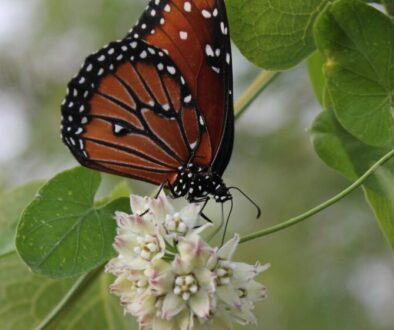Invasive Plants Should Be Removed Before They Bloom
Since the population boom in the Phoenix area in the past several decades numerous invasive weeds have been introduced to the environment which cause severe damage to the ecosystem and make wildfires more potent and frequent. The worst offenders include Buffel Grass, Brome, and, most recently, the notorious Globe Chamomile (“Stinknet”). Removing or killing these noxious weeds whenever possible is beneficial, but, for several reasons, it is much better to remove them while they are young.
First of all, it’s important to remember that blooming means reproduction. Allowing the pollen of invasive species to spread not only makes local allergies worse, but also causes these weeds to produce seeds that are prepared to sprout the following spring. It’s vital to remove invasive weeds while they are young, so that, at least in your area, there will be less of them to worry about next year. If you remove them too late, there’s also a good chance that you are spreading the unwanted seeds while pulling the mature plant material.
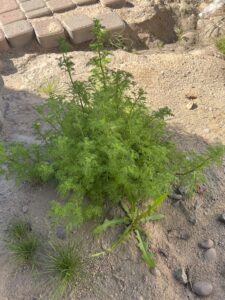
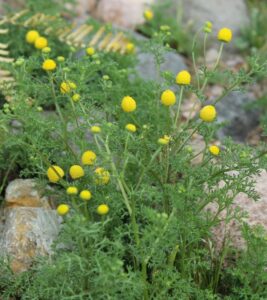
Secondly, invasive weeds that are allowed to grow to maturity will proceed to die and dry up. This dry plant material is fuel for fires. In fact, the species listed earlier are likely nearly entirely responsible for the increase in the size of wildfires in the Southwest in the past several years. If you can keep your property clear of invasive species, you lessen the likelihood that your home will be damaged in the case of a wildfire. It’s much easier to remove these weeds while the plants are alive and young and the weather is cool.
Additionally, it’s important to remember that invasive plants steal resources from native plants. If you allow invasive weeds to grow unimpeded, they will steal root space, water, and nutrients from the soil and weaken native plants leading into the summer. This especially applies to cacti, which rely almost entirely on shallow-depth capillary roots for their water. Invasive plants steal that water individually in small volumes, but collectively enough to put an established cactus into a state of drought.
A final note: Study the appearances of invasive weeds before you pull them, or contact a landscaping professional to do the work for you. It would be very unfortunate to accidentally remove a native plant!
At ELS Maintenance & Construction, we do whatever we can to minimize the growth and spread of invasive and noxious weeds! If you know of a community or commercial center that needs new landscapers, email contactus@evergreenaz.com and we can get started!

